Kohima
A complete tourist and cultural guide
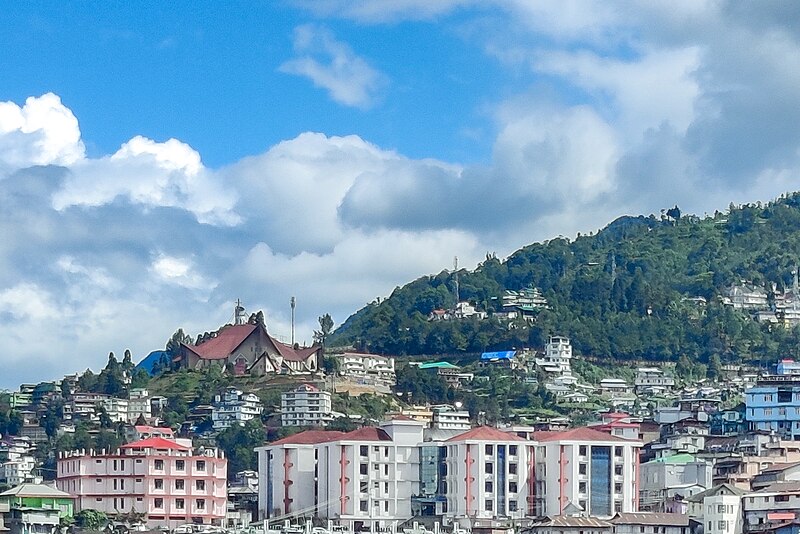
Kohima, is the capital city of Nagaland, a northeastern state of India. Perched in the hills at about 1,444 meters above sea level, Kohima offers a mix of natural beauty, cultural richness, and historical significance.
Must-Visit Attractions in Kohima
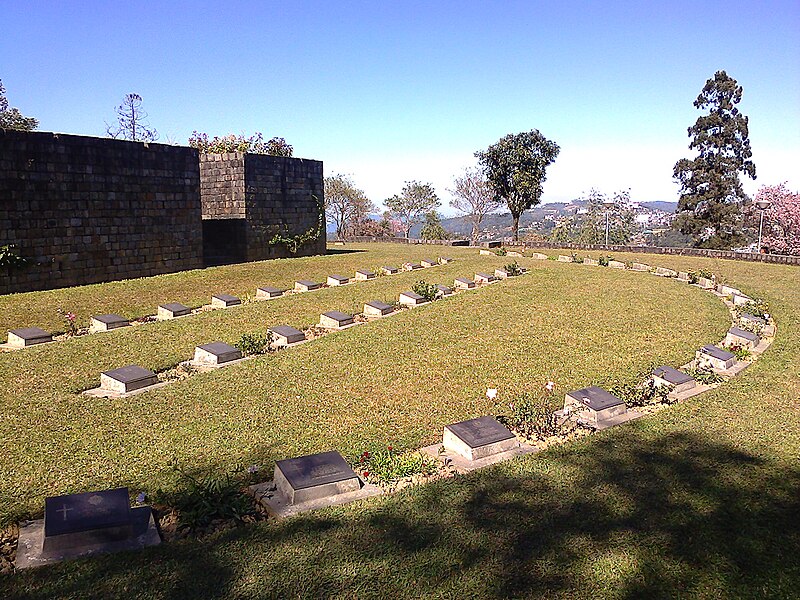
Kohima War Cemetery
A beautifully maintained memorial dedicated to the soldiers who lost their lives in the Battle of Kohima during World War II.
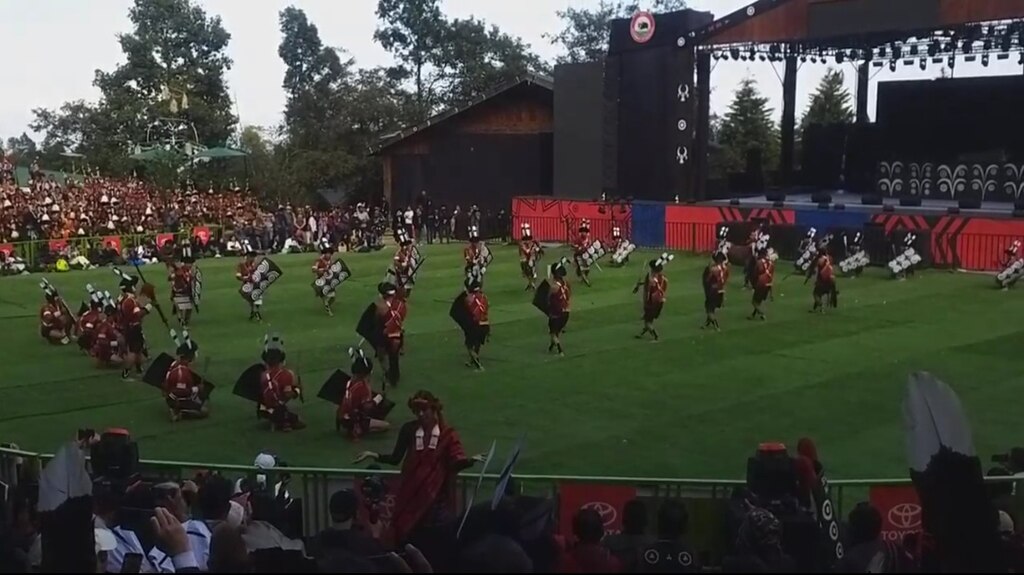
Hornbill Festivals Ground
This is the main venue of the famous Hornbill festival, held every December. The village showcases traditional Naga architecture, crafts etc.
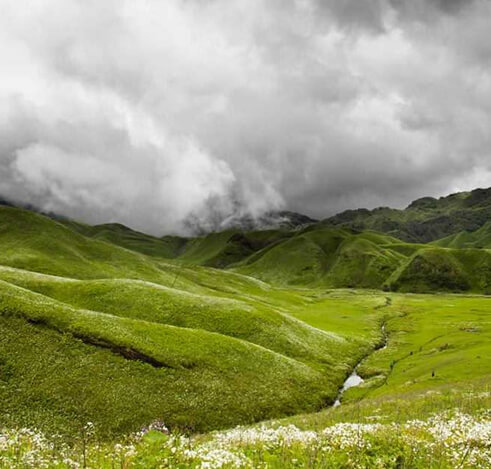
Japfu peak
The second highest peak in Kohima, Japfu is a paradise for trekkers and nature lovers. The trail is scenic, the area is covered in vibrant rhododendron blooms.
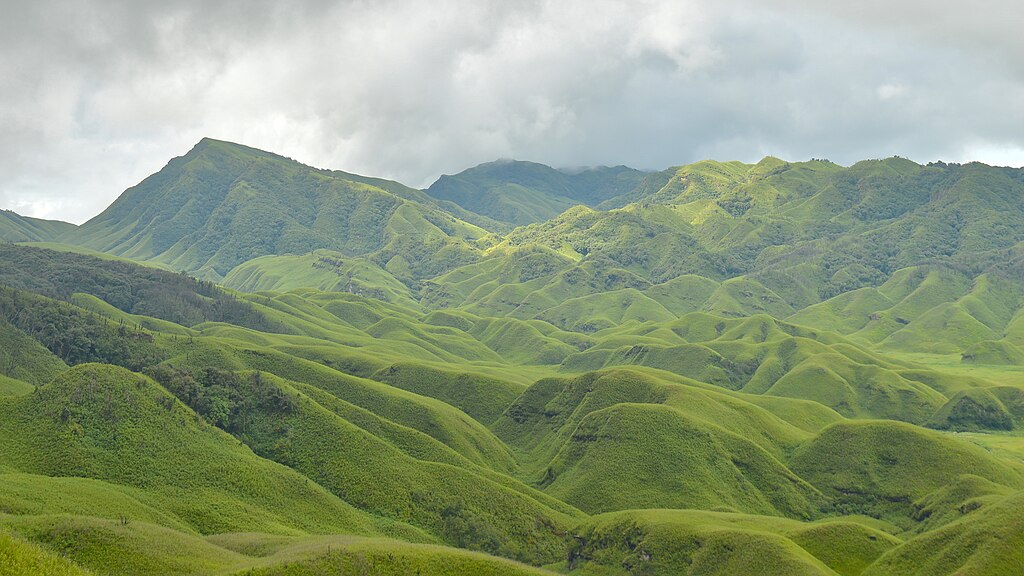
Dzukou Valley
The valley located in Kohima, is a popular trekking destination. Known for its rolling green hills, seasonal flowers, and peaceful atmosphere.
Major Attractions Nearby Kohima
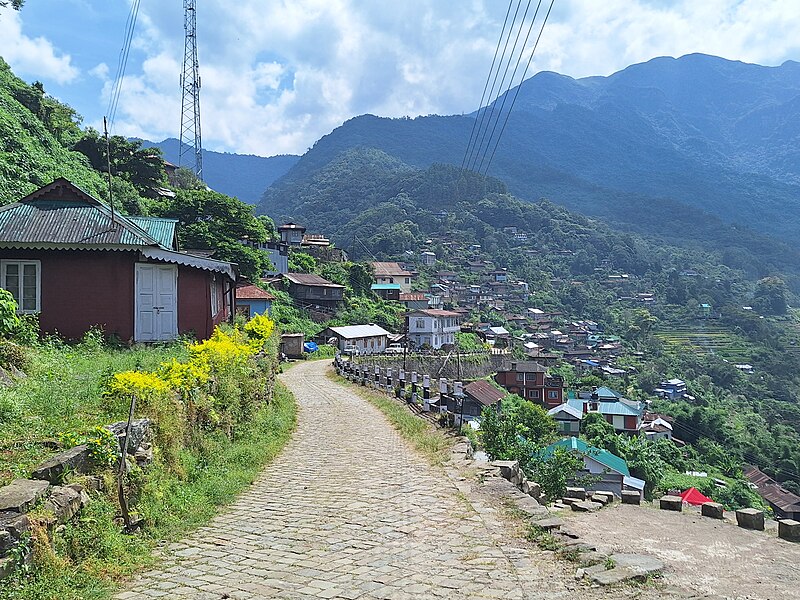
Khonoma Village
Known as India’s first green village,, Khonoma is famous for its eco-friendly practices and rich Angami tribal heritage.
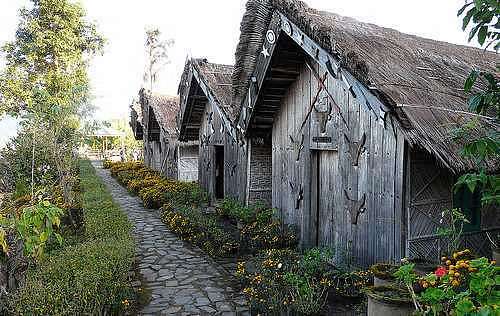
Tuophema Tourist Village
A well-developed cultural destination Kohima, Tuophema offers an immersive Naga village experience.
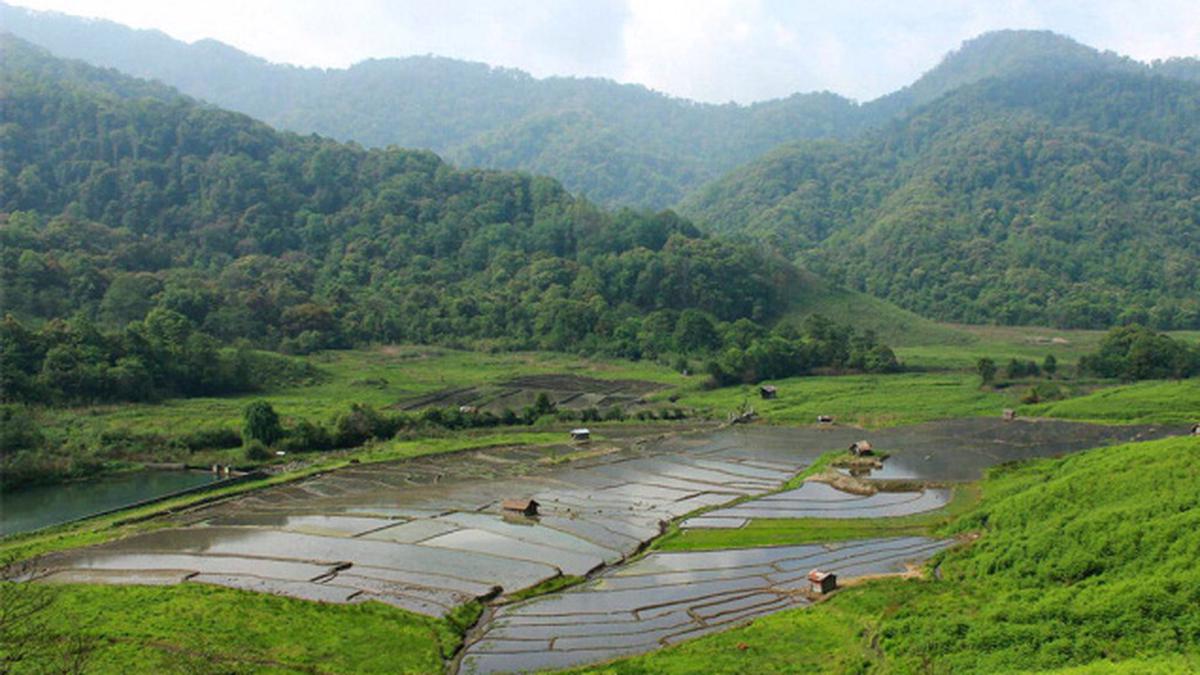
Dzuleke Village
Surrounded by thick forests and green valleys, Dzuleke, is a hidden gem perfect for eco-tourism and homestays
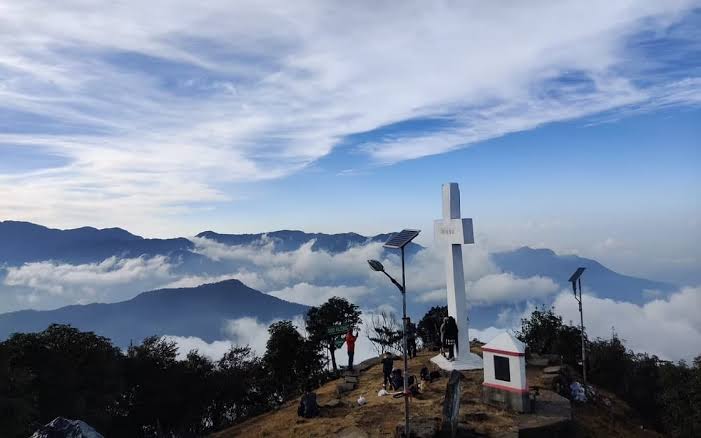
Puliebadze Peak
Located within the Puliebadze Wildlife Sanctuary, peak offers a relatively short but rewarding trek.
Things to do in Kohima
Experience the spiritual, cultural, and historical essence of the city.
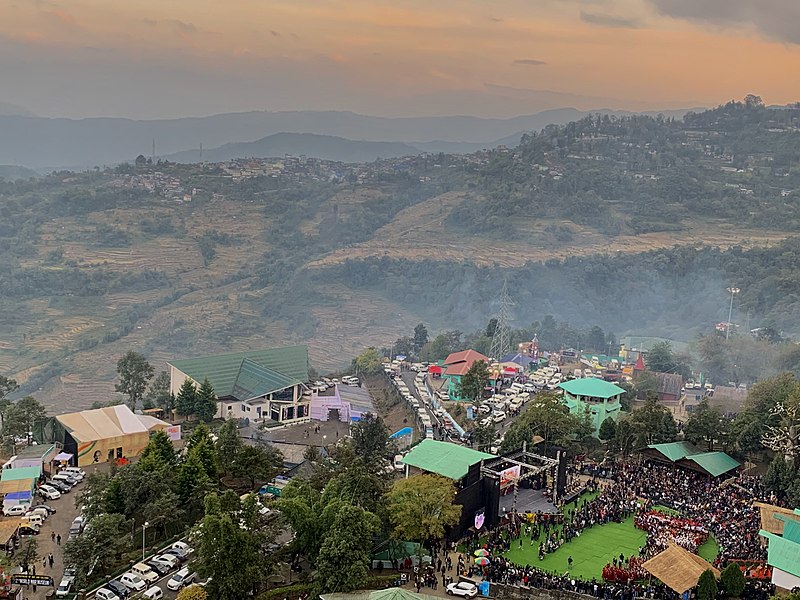
Explore at Kisama Heritage Centre
Here, you can witness traditional dances, music, crafts, and sample authentic Naga food.
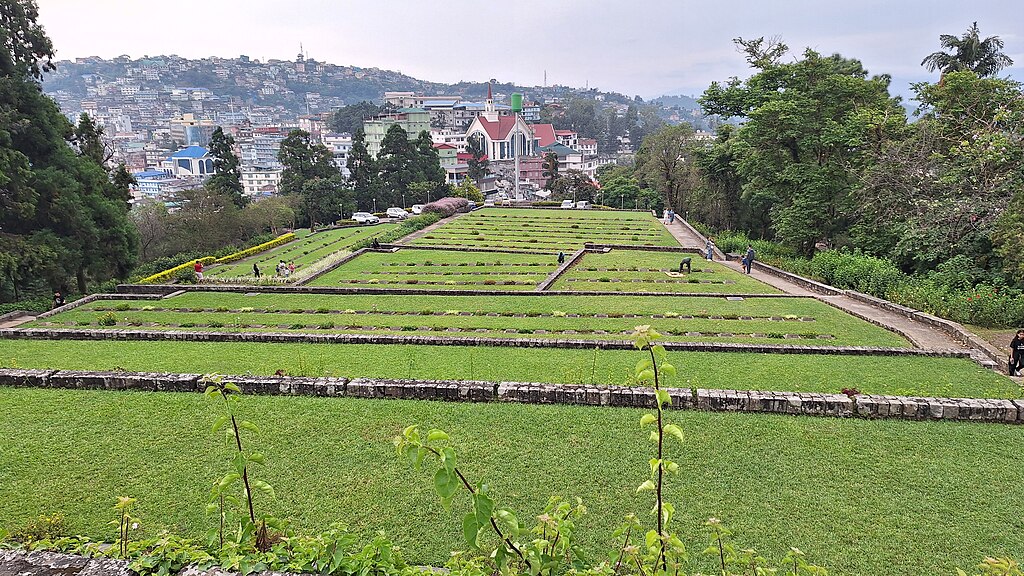
Pay tribute at Kohima War cemetery
It’s not just a peaceful place to reflect but also a powerful reminder of the sacrifices made during World War II.
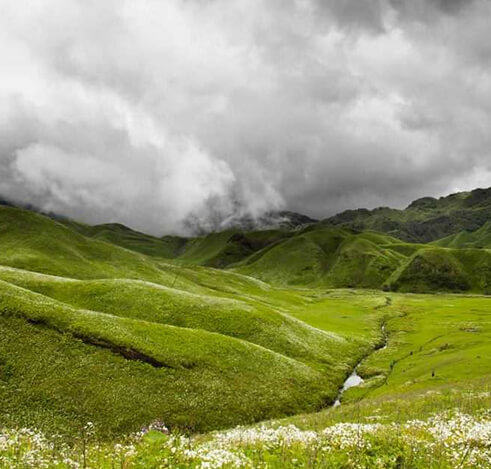
Trek to Dzukou valley or japfu peak
Both offer stunning views, rich biodiversity, and a refreshing escape from city life.
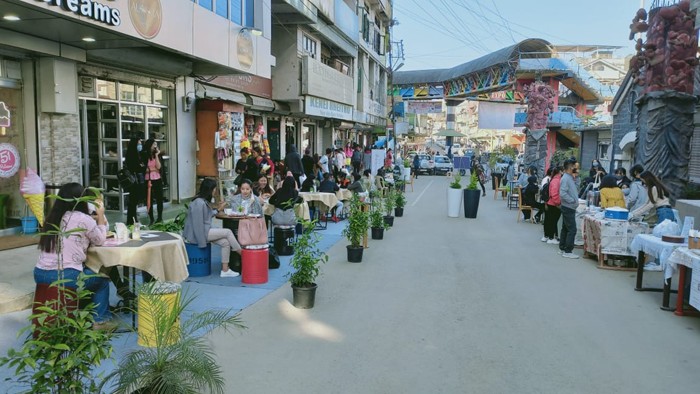
Explore various markets
Explore Imphal’s markets such as the Kezieke Market, is a great way to experience daily life and taste local flavors.
The Performing Art of Kohima
The performing arts of Kohima reflect the vibrant cultural identity and rich traditions of the region. Rooted in storytelling, these art forms include expressive dances, rhythmic music, and dramatic performances that capture the everyday life, festivals, and legends of the people. Often accompanied by traditional instruments and colorful attire, performances are passed down through generations.
Li
Zeliang Songs
Tati Songs
One prominent form is Li, a traditional folk song of the Angami Nagas, often sung during community gatherings and celebrations. Another significant style is Zeliang Songs, performed by the Zeliang tribe, usually accompanied by indigenous instruments and rhythmic clapping. Tati Songs named after the traditional single-stringed instrument Tati, are performed during agricultural festivals.
War Dance
Changlo Dance
Sapalu Dance
War dance performed by various Naga tribes to depict bravery and valor, often showcased during festivals like Hornbill; it involves powerful movements, warrior attire, and synchronized steps. Chnaglo Dance of the Chang tribe, typically performed during festivals like Naknyulem, where dancers form circles and move rhythmically. Sapalu Dance of the Angami tribe is also significant, characterized by graceful steps.
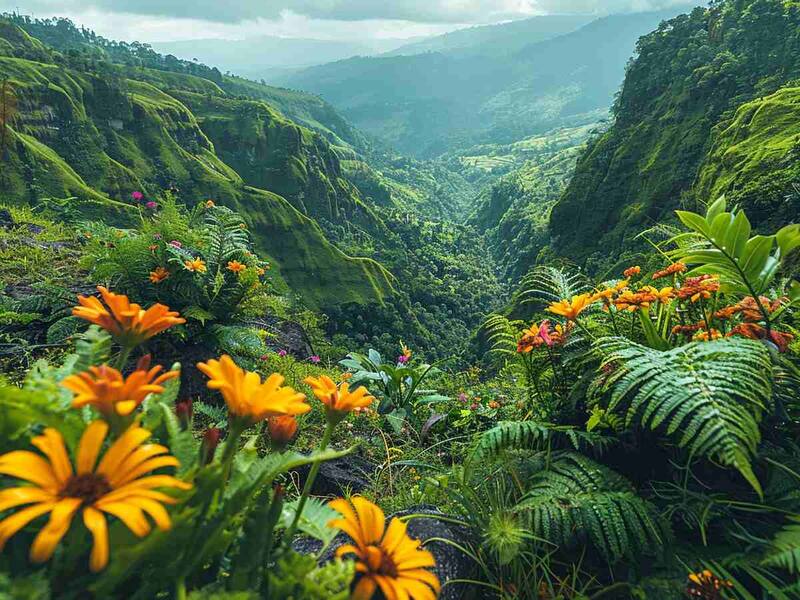
City Vibes
The city vibes of Kohima blend tradition with quiet urban charm. Surrounded by misty hills and lush greenery, the city carries a peaceful rhythm, far from the chaos of larger metros. Life moves at a gentle pace, with bustling local markets, traditional homes alongside modern buildings, and friendly locals who carry deep pride in their culture. Early mornings are filled with cool air and the aroma of local food, while evenings often bring calm, scenic sunset.
Heritage of Kohima
The heritage of Kohima is deeply rooted in its indigenous culture, ancestral traditions, and strong sense of community. Passed down through generations, it is reflected in every aspect of life—from the architecture and attire to the customs, language, and rituals. The people uphold a deep respect for nature, oral storytelling, and communal harmony, which together shape the identity of the region.
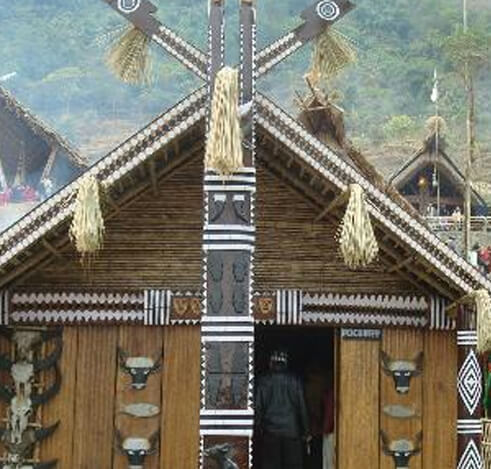
Cuisine of Kohima
Kohima is a paradise for food lovers, offering a variety of traditional delights.
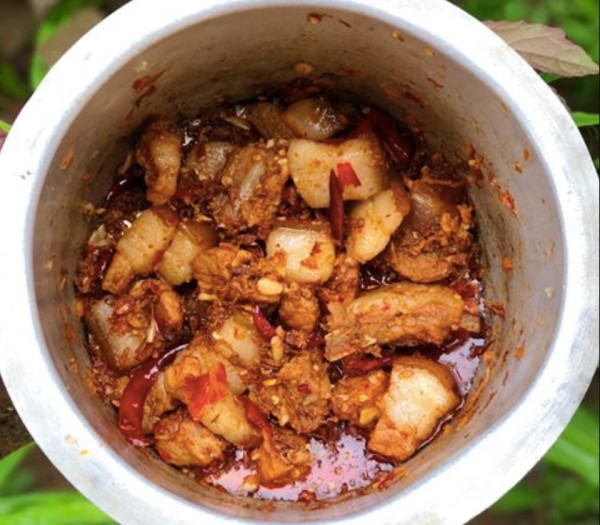
Smoked pork with bamboo shoot
A signature dish of the region, smoked pork cooked with bamboo shoot is rich in flavor and deeply rooted in local tradition.
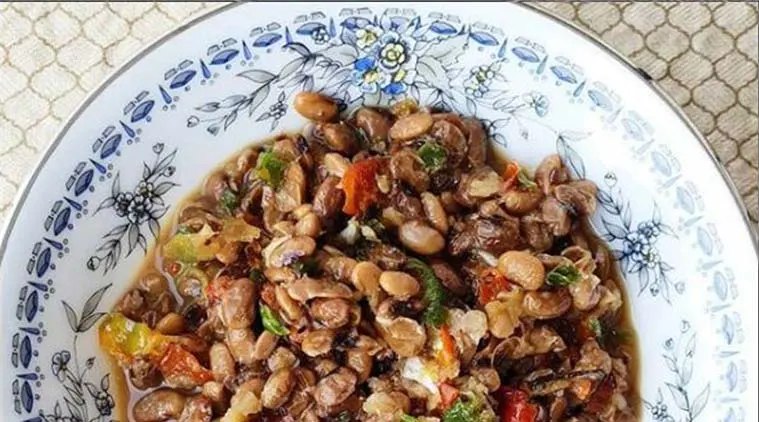
Axone
Axone, or fermented soybean, is a staple ingredient in Kohima’s cuisine and used in various preparations, especially with meat.
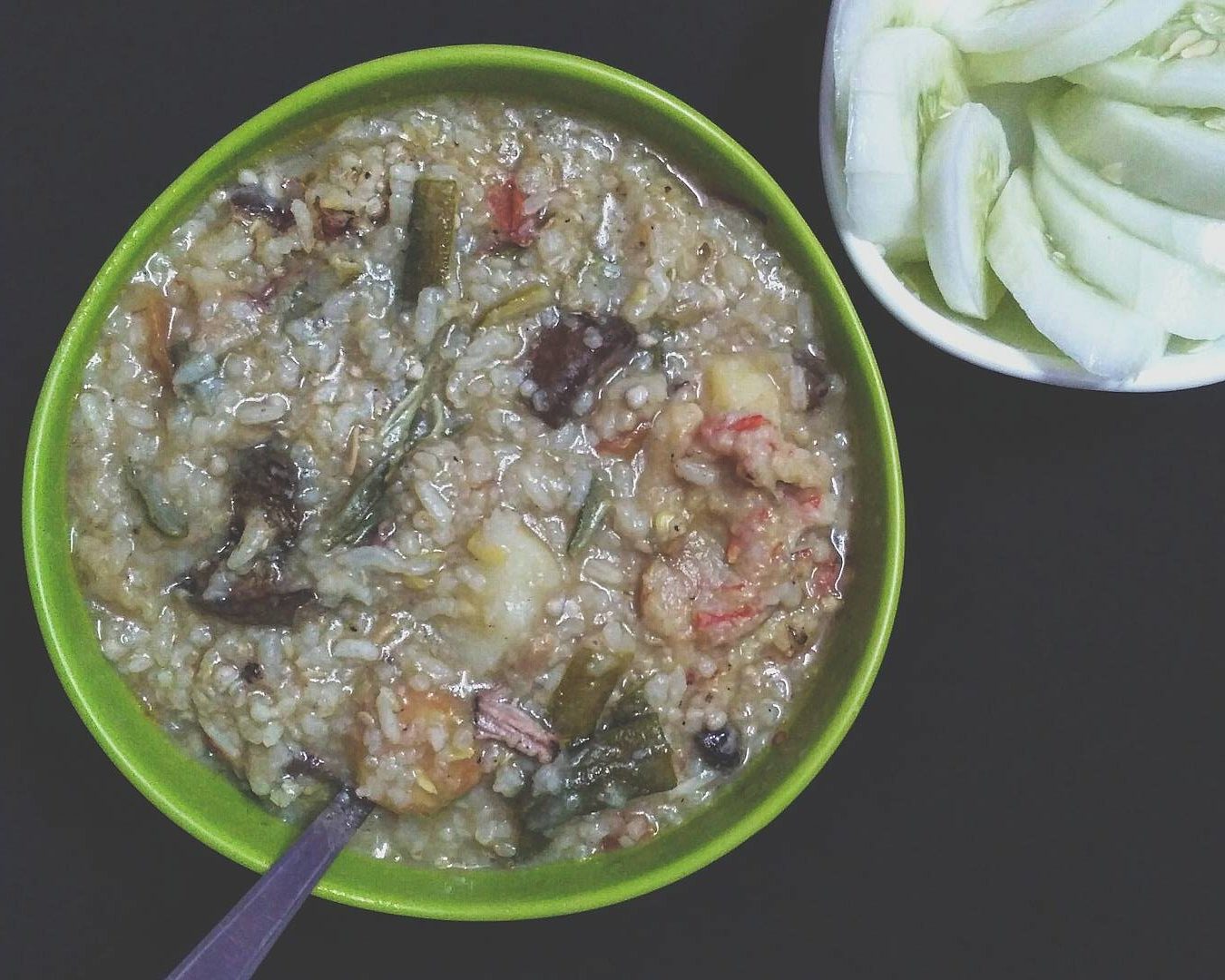
Galho
Galho is a healthy and wholesome porridge-like dish made with rice, vegetables, and optionally meat or smoked pork.
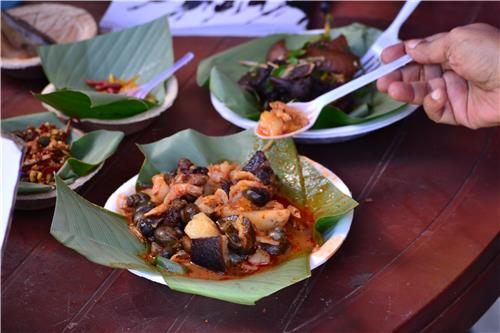
Boiled vegetabless with local herbs
A common feature in Kohima’s meals is a mix of boiled seasonal vegetables, often flavored with spices.
Shopping in Kohima
Shopping in Kohima offers a vibrant mix of tradition and craftsmanship.
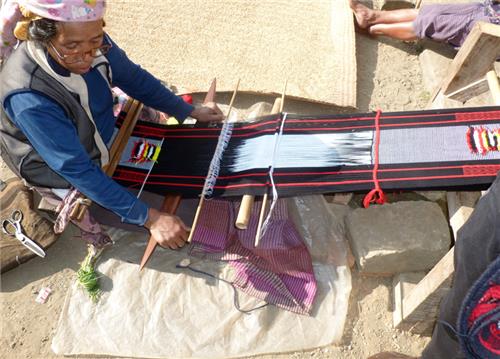
Handwoven Naga Shawls
These intricately designed shawls of Kohima are a symbol of identity and pride in local culture.
Local spices
The local spices of Kohima are deeply tied to the region’s natural environment and culinary traditions.
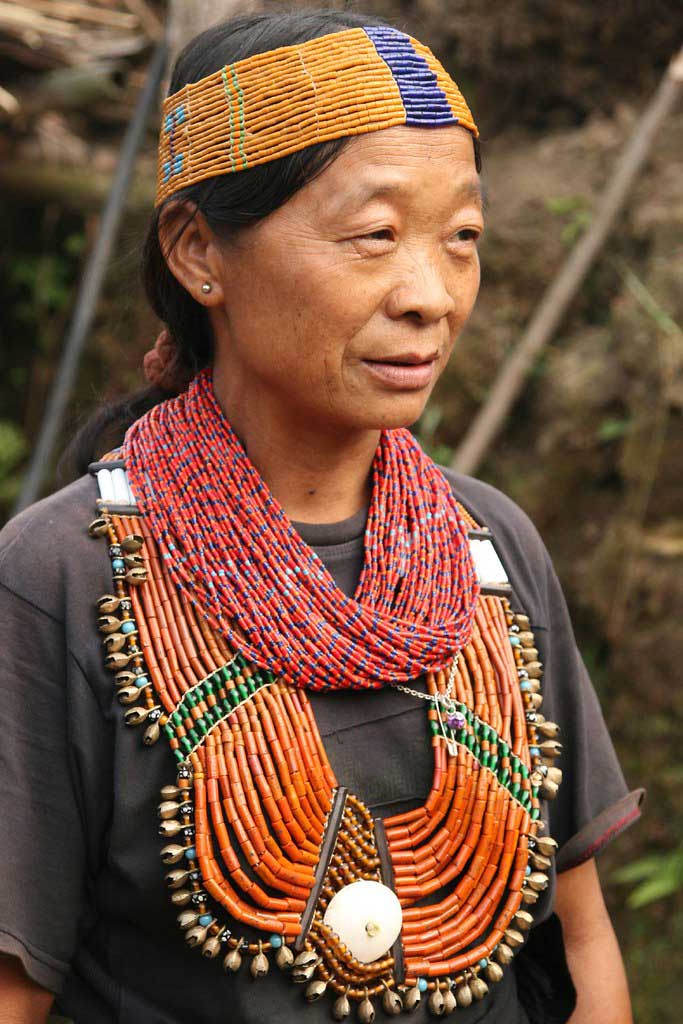
Traditional Beaded jewellery
Bright, colorful, and symbolic, beaded jewelry in Kohima is often handmade using indigenous patterns and natural materials.
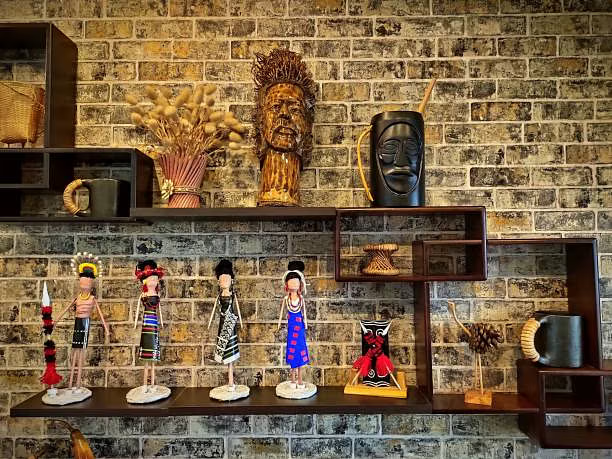
Local Handicraft
Kohima’s markets are rich in handmade items crafted from bamboo and cane, such as baskets, mats, containers, and home décor pieces.
Tourist's Handbook
The best time to visit Kohima is from October to March, when the weather is cool, pleasant, and ideal for exploring the city's natural beauty and cultural sites. During these months, the skies are clear, temperatures are comfortable, and the landscape is lush after the monsoon rains. December is especially vibrant, as the Hornbill Festival takes place, offering a colorful showcase of Nagaland’s tribal culture, music, dance, and food.
1. Respect Local Customs and Traditions
Kohima is home to various indigenous communities with deep-rooted traditions. Always be polite, seek permission before photographing people, and dress modestly, especially in villages or during festivals.
2. Stay Updated on Local Guidelines
Check for any travel advisories or local regulations before visiting, especially if traveling to remote or border areas. It's also helpful to register with local authorities or inform your stay location if you plan to trek.
3. Hire Local Guides for Trekking or Exploring Villages
If you're heading to places like Dzukou Valley or nearby villages, it's advisable to go with a local guide who knows the terrain and customs. This ensures both safety and a better cultural experience.
4. Carry Cash and Basic Essentials
ATMs may not be available in remote areas, and mobile networks can be weak. Always carry enough cash, a power bank, and essential medicines when traveling outside the city.
Getting around in Kohima is relatively easy, though the hilly terrain means travel can be slow at times. Local transport mainly includes shared taxis and auto-rickshaws, which are commonly used by residents for short distances. For more convenience, visitors often hire private taxis, especially when exploring nearby villages or tourist spots. While public transport isn't very extensive, the city is compact enough for some areas to be explored on foot. Roads can be narrow and winding, so it’s best to plan ahead and allow extra time for travel, especially during peak hours or festival seasons.
1. Overcharging by Taxis or Guides
Some drivers or unofficial guides may overcharge tourists, especially if you're unfamiliar with local rates. It’s advisable to negotiate or confirm the fare in advance or use a local hotel’s assistance.
2. Fake Handicrafts or Souvenirs
In some markets, mass-produced items may be sold as authentic tribal crafts. To ensure authenticity, buy from government-run emporiums or trusted local artisans.
3. Unauthorized Tour Operators
Be cautious when booking tours or treks through unknown operators. Always choose licensed or well-reviewed services to avoid mismanagement or last-minute cancellations.
4. Donation Scams
Occasionally, individuals might solicit donations for vague causes, especially near tourist-heavy areas. Politely decline and donate only through verified organizations if you wish to contribute.
Varanasi Blogs
- Uttar Pradesh Cultural guide
- Places to visit in Varanasi
- Places to visit nearby Varanasi
- India’s most popular destination
- India’s archaeological marvels
Recommended articles
- Uttar Pradesh Cultural guide
- Places to visit in Varanasi
- Places to visit nearby Varanasi
- India’s most popular destination

